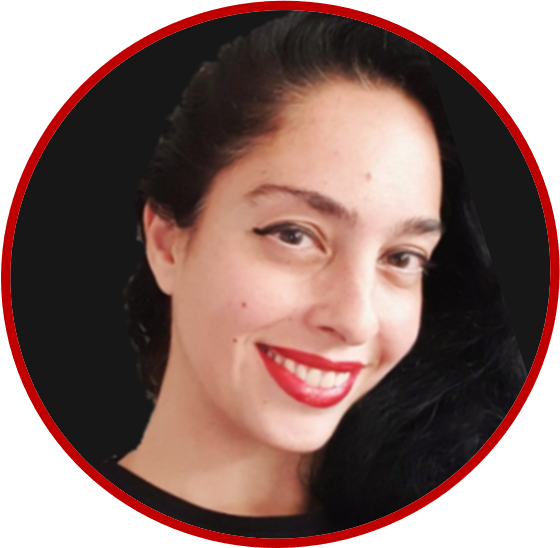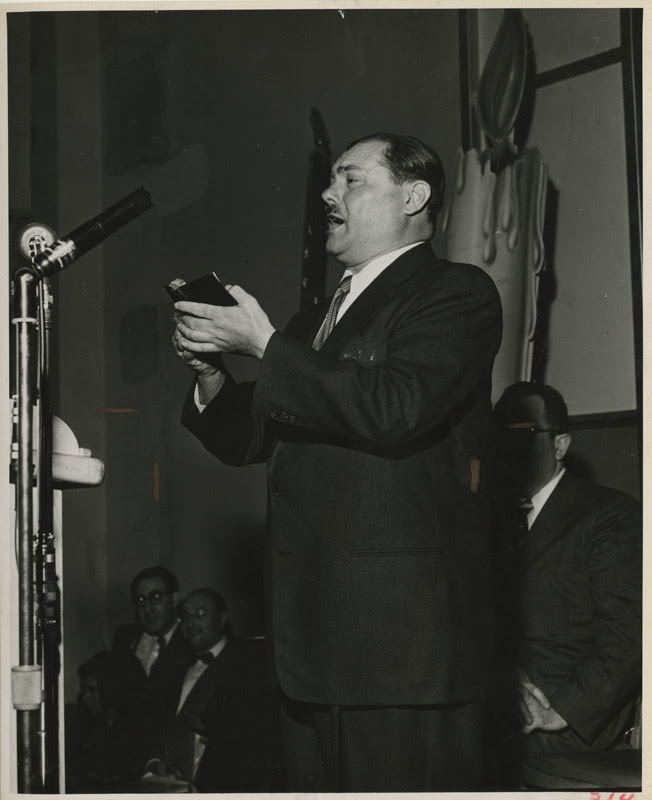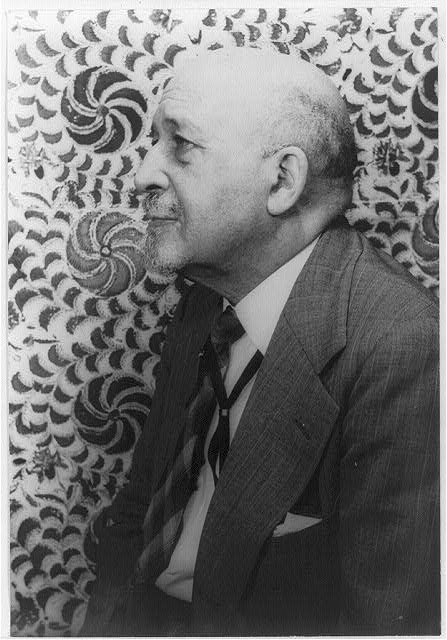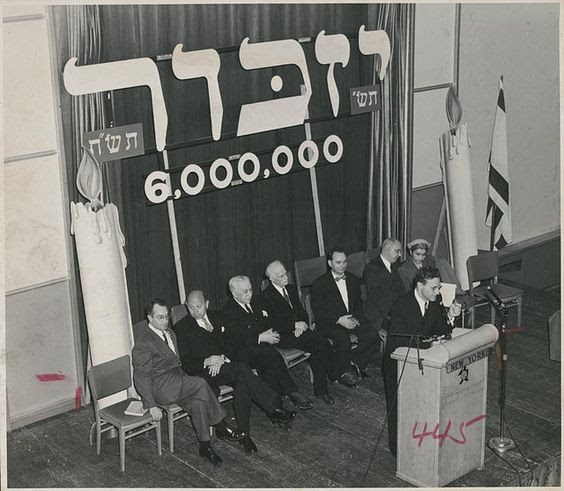22nd January 2021 – Shabbat is almost here
And today we’ll listen to the so called chazan’s chazan, Moshe Koussevitzky, with a piece specifically used by the cantors to initiate the service of Shabbat

Hello! How are you? I hope well. You may know I am addicted to the old recordings. I am also addicted to hummus and also addicted to… chazzanut! If you are not yet one, you could become one today.
Chazzanim in MBS
So far, many outstanding chazzanim of old times have been featured in MBS. Click their names to check their edition:
| Share the joy of music and learning with your beloved ones. Share MBS. Thank you in advance. |
| Share this with a friend, right from here |
Moshe Koussevitzky, the Chazan’s Chazan
Which was the first cantor you listened to? Which was the first piece of the chazzanut repertoire that you listened to? I remember very well. It was Rachamono D’onay, sung by Moshe Bazian.
I read in My Jewish Learning that:
“Of all the different types of Jewish music, hazzanut [cantorial music] may be the most difficult to appreciate. In a sense, it is the Jewish equivalent of classical music. Just as classical music is an acquired taste, hazzanut needs to be worked at to be understood. By becoming more familiar with it, one can learn to enjoy it.“
What do you think? Do you agree? For me, it is very difficult to consider as I have been listening to strange music for my teens. In any case, both Bazian or Koussevitzky can be a good one to start. They are outstanding, thrilling, surprising… Let’s delve a bit in our protagonist of today.
 This picture (public domain, shared by Center for Jewish History, NYC @ Flickr Commons) shows Moshe Koussevitzky in 19th April 1953, singing at the 10th Anniversary of the Warsaw Ghetto Uprising in New York City.
This picture (public domain, shared by Center for Jewish History, NYC @ Flickr Commons) shows Moshe Koussevitzky in 19th April 1953, singing at the 10th Anniversary of the Warsaw Ghetto Uprising in New York City.
My original intention was to talk about a cantor born in Lithuania, a country where I have never been. And my steps took me to Poland, once more.
Koussevitzky was born in… Lithuania???? It is complicated to say, as the borders or that area have changed fast and many times in the previous centuries. It was in 1899. In 1928 he got a job (the position left by Gershon Sirota) at the Great Synagogue at Tłomackie Street in Warsaw, that was the landmark of hazzanut. Check this previous edition to learn more about this Synagogue.
His life is well documented, as he was alive until 1966 and he got big relevance, there are a lot of recordings and there are many biographies available. The main sources I have used are the Milken Archive and Recorded Sound Archive.
Moreover, Smargon or Smorgon or Smarhoń, where he was born, was at the time part of Russian Poland and now it is in Belarus. It is one hour and a half far from Vilna, in Lithuania, where the family moved when he was a child. He took the legacy of a lineage of Belarussian cantors.
In Vilna, he was a chorister there since he was 8 years old. During the First World War, the family stayed eastward inside Russia and returned to Vilna after the War. He would stay there just a few years: in 1928, as mentioned above, he started to work in Warsaw.
“During the Second World War—with the help of the Polish underground and the Partisans, according to some reports—Koussevitzky was able to save himself and his family from the Germans by retreating into Soviet Russia” (according to Milken Archive). After the War, he returned to Poland and managed to get a visa for UK and the USA. He made a concert with his brothers (the three of them were also respected singers) at the Royal Albert Hall in 1946 as a farewell and moved to the USA. All this is more deeply explained in Milken Archive. He would settle in the USA for the rest of his life, with great success. The fact of participating in the 10th Anniversary aforementioned is quite meaningful.
He died in 1966.
The Jews in Smorgon
The story of the family Koussevitzky moving to the Russian interior during World War I was the same as for most of the Jewish families. Jewishgen, in the section of KehilaLinks, explains briefly the history of Jews in Smorgon.
In Google Maps you won’t find now any trace of a synagogue. After the Second World War, the Jewish community in Smorgon was not re-established. But, before that,
“In 1915, during World War I, many of the Jews in Smorgon’ were sent to the Russian interior. Jewish refugee tanners from Smorgon’ founded the tanning industries in Kharkov, Rostov, and Bogorodsk. When Smorgon’ reverted to independent Poland after World War I, the Jewish refugees began to return to their destroyed houses. Between the two world wars, a Hebrew Tarbut (Jewish nationalistic) school, a drama circle, sports clubs, Zionist youth circles, and branches of Po’alei Zion (a socialistic and Zionist organization), He-Halutz (promoting pioneering in the Holy Land) and Betar (a more radical Zionist group) were active in the town.”
Read it all in Jewishgen. And if you want to know much, much more about Smorgon and the Jews there, check this. This picture is one of the unique building I have found under the search of synagogue in Smorgon (Photo © Віктар Саўчанка, in Radzima.org)

The Commemoration in New York of the 10th Anniversary of the Warsaw Uprising
 The picture above opened a fascinating topic: the meeting to remember the Uprising of Warsaw Ghetto in 1943, 10 years after it happened.
The picture above opened a fascinating topic: the meeting to remember the Uprising of Warsaw Ghetto in 1943, 10 years after it happened.- This letter from the United Committee, signed by Simon Federman, inviting W.E.B. Du Bois ?, a black “American sociologist, historian, author, editor, and activist who was the most important Black protest leader in the United States during the first half of the 20th century” (from Britannica).
- Du Bois wrote this speech, that summarizes the History of Jews in Poland. One can almost imagine him talking there. About his participation, there is even available the letter with an invoice of 50$.
- The picture below ?, from the archive of the Center for Jewish History, NYC, shows a moment of the commemoration.
- About Simon Federman, the man signing the letter tu Du Bois, I think he is this one who is recorded here explaining his life as a Jew born in Paris in 1926 and emigrated to the USA in 1948. I really recommend watching the films.
- Rubin Saltzman, from the Jewish People’s Fraternal Order (part of the International Workers Order), also made a speech. Cornell University has this document with his words. It is in Yiddish and there is a summary on the website.
- The United Committee to Commemorate the Tenth Anniversary of the Warsaw Ghetto Uprising released a publication that seems to be a collectionist piece. I found it here.

And the music piece!
I have chosen a recording of Hashem Moloch, said to be recorded in 1954, from the Youtube channel of eel1452, that has many recordings of cantors.
Hashem Moloch is the Psalm 93. Geoffrey L. Shisler, rabbi, cantor, educator, composer & magician (that’s how he introduces himself and I will include “generous disseminator”), explains at his website about this that:
“Their name is derived from the opening words of Psalm 93 with which Chazanim traditionally commence the Friday evening service. However, they are not restricted to texts concerned only with the Kingship of the Almighty, but are applied more generally to prayers of praise, exaltation – and thanksgiving, and rendered in a majestic style.“
His explanations continue, so feel free to check more, here.
| Share this with a friend, right from here |
Shabbat Shalom.
Araceli Tzigane | Mapamundi Música
And we share with you one hour of music for joy in this playlist.
To know more about our artists, click here.
May you always find the light in your path.
These is our artistic offer for live show:
Gulaza – Janusz Prusinowski Kompania Jewish Memory
